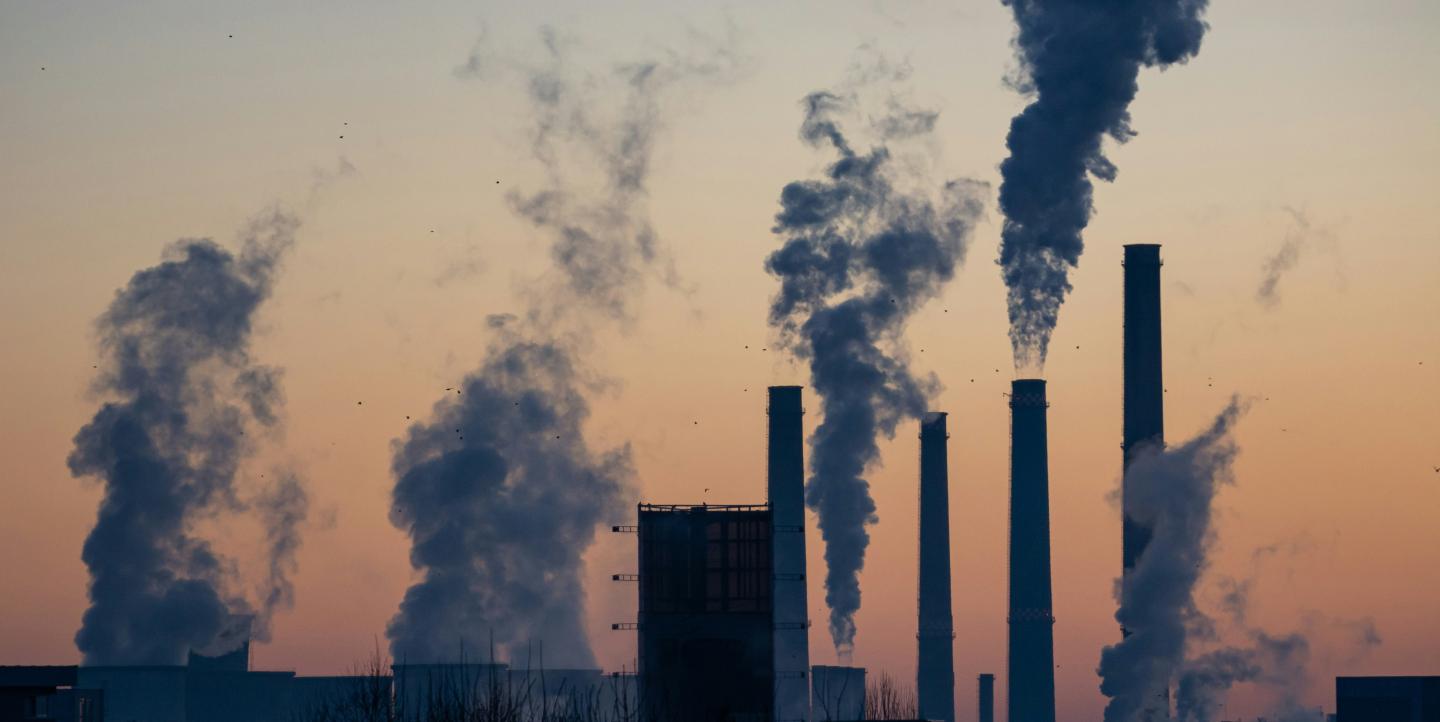Every year, air pollution causes an estimated 6.7 million premature deaths, according to the World Health Organization. Studies from the European Environment Agency and the Center for Research on Energy and Clean Air link air pollution to respiratory diseases, cardiovascular issues, and premature deaths.
In Southeast Asia, seasonal haze from illegal burning, such as the 2019 fires in Indonesia, has triggered public health crises across the region, while industrial emissions in China and India drive persistent air quality issues. Latin America also faces growing pollution concerns, with illegal waste burning and fossil fuel emissions worsening environmental and health risks. In Mexico, for example, air pollution was responsible for over 9% of deaths in 2019.
Despite its widespread impact, tracking air pollution is challenging. Governments may under-report data, corporations often hide emissions, and polluters exploit regulatory loopholes. Investigative journalists play a key role in exposing this environmental misconduct, a task that open-source intelligence (OSINT) tools can help with.
I lay out below OSINT tools that journalists can utilize to track air pollution, uncover its sources, and reveal the corporate networks responsible. As environmental challenges grow, leveraging satellite imagery, air quality data, and corporate registries is crucial for transparency and accountability.
As they use these tools, journalists investigating air pollution should seek to answer critical questions:
- Where is air pollution most severe, and what are the real-time pollution levels?
- What are the sources of pollution in a specific region?
- Who is responsible for the pollution (corporations, industries, illegal activities)?
- How is air pollution changing over time, and what are the long-term trends?
- How does air pollution influence public health issues?
Tracking real-time air pollution
(1) IQAir
IQAir provides real-time air quality data and interactive maps that allow users to track pollution levels globally. It helps journalists identify pollution hotspots and provides data on pollutants such as PM2.5, PM10, NO2, and CO2. It also enables tracking of sudden changes in air quality that may indicate high industrial emissions, wildfires, or environmental disasters.
Access: Free for basic use; paid features available for in-depth reports
Difficulty level: Simple data visualization
Regional applicability: Global, with a strong presence in Asia, North America, and Europe
(2) World Air Quality Index (WAQI)
WAQI provides real-time air quality data from over 100 countries, aggregating information from government sensors and independent monitoring networks. It offers an interactive map of air pollution hotspots, allows users to track pollution changes in specific locations, and provides an API for journalists to integrate air quality data into reports.
Access: Free; API access requires approval
Challenges: Some government data may not be fully transparent
Regional applicability: Global, covering urban and rural areas
(3) OpenAQ
OpenAQ is a free, open-source platform that aggregates real-time air quality data from official monitoring stations and citizen sensors worldwide. It provides historical and real-time views of air pollution data, allowing journalists to detect patterns and anomalies.
Difficulty level: Moderate, requires data analysis skills to interpret datasets effectively
Regional applicability: Global coverage, including Africa, Asia, Europe, Latin America, North America, and the Middle East
Identifying pollution sources
(4) Google Earth Engine
Google Earth Engine is a cloud-based geospatial analysis tool that provides access to a vast collection of satellite imagery and environmental data.
- Tracks land-use changes, urban expansion, and deforestation
- Helps visualize industrial pollution sources and emissions
- Provides a historical view of environmental degradation
Access: Free for non-commercial use
Challenges: Requires some coding or Geographic Information System (GIS) knowledge to analyze datasets; large datasets can be complex to interpret
Regional applicability: Global, covering both land and atmospheric changes
(5) Planet
Planet is a satellite imaging service that provides high-resolution imagery for environmental monitoring.
- Tracks industrial pollution, deforestation, and land use changes
- Allows journalists to verify pollution claims with before-and-after images
- Can be used to monitor oil spills, wildfire smoke, and air pollution plumes
Access: Limited free access for researchers and journalists; high-resolution images require paid subscriptions
Challenges: Requires knowledge of satellite imagery analysis
Regional applicability: Global, with high-resolution coverage of urban and industrial areas
(6) Global Forest Watch
An open-data platform created by the World Resources Institute that tracks deforestation and forest degradation worldwide.
- Detects illegal logging and fires contributing to air pollution
- Links deforestation to industrial pollution
- Provides alerts on land cover changes
Access: Free
Challenges: Requires some GIS skills to analyze geospatial data
Regional applicability: Global, with a strong focus on tropical forests
Identifying the polluters
(7) VesselFinder and Flightradar24
VesselFinder and Flightradar24 are platforms that track airplanes and ships, useful for monitoring transportation-linked pollution.
- Identify ships carrying hazardous materials or illegal waste
- Track emission-heavy aircraft and shipping routes
- Link vessel owners to polluting industries
Access: Free for real-time tracking; historical data requires paid access
Regional applicability: Global, with extensive maritime and aviation coverage
(8) Open Corporates
Open Corporates is the largest open database of company ownership structures, helping journalists investigate corporate networks linked to pollution.
- Identifies polluting industries and their parent companies
- Traces business connections to hold corporations accountable
- Helps track regulatory violations
Access: Free for basic searches; paid access for advanced investigations
Regional applicability: Global, with extensive company coverage
Tracking air pollution over time
(9) AirCasting
AirCasting is a citizen science platform that allows users to measure and share air quality data in real time using mobile sensors.
- Enables long-term air quality monitoring by individuals and communities
- Crowdsourced data helps journalists identify pollution trends in specific locations
- Offers a visualization platform to compare different pollution sources
Access: Free; requires a compatible sensor for data collection
Challenges: Requires a basic understanding of air quality metrics
Regional applicability: Global, but data availability in specific locations depends on user participation
(10) NASA’s Giovanni
Giovanni is an online data analysis tool providing satellite-based environmental and atmospheric datasets.
- Offers global air pollution data, including aerosol concentrations and temperature variations
- Allows journalists to analyze historical air quality trends
- Provides climate and atmospheric insights to support investigative reports
Access: Free
Challenges: Requires understanding of remote sensing and data visualization techniques; large datasets may be difficult to interpret
Regional applicability: Global, with comprehensive atmospheric data coverage
(11) European Space Agency’s Sentinel Hub
Sentinel is a satellite imaging platform providing historical and real-time environmental monitoring through Sentinel satellites.
- Tracks air pollution sources, including industrial activity, wildfires, and deforestation
- Offers multi-temporal imagery to analyze pollution changes over time
- Supports investigative journalism with satellite evidence of environmental damage
Access: Free for basic use
Challenges: Requires GIS and satellite analysis knowledge
Regional applicability: Global, with high-resolution coverage of industrialized and natural regions
Photo by Ella Ivanescu on Unsplash.


